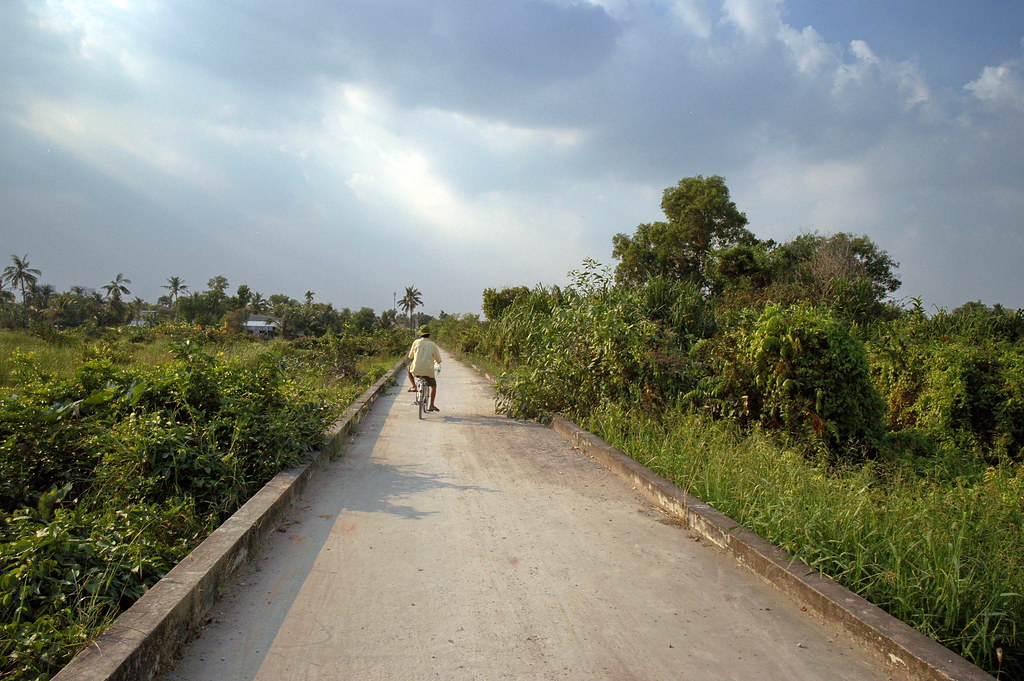Out to Lunch
Menteur
Yesterday afternoon, I took the R-D1x out for a spin, together with the CV Super-Wide-Heliar III 4.5/15. A great combo that gives beautiful colors...

Out to Lunch, on Flickr. Thanh Da, Saigon. January 2019.

Out to Lunch, on Flickr. Thanh Da, Saigon. January 2019.
Ted Striker
Well-known
Aside from the CCD vs CMOS differences, the R-D1 was meant to be a limited-production showpiece for Seiko-Epson technological prowess circa 2004.
Why did they step into the camera industry to show this prowess? Did Epson make cameras any time before? It seems so odd that a company, which to my knowledge had no history with rangefinders, would decide to produce one. And then they dropped it like old news.
Mr_Flibble
In Tabulas Argenteas Refero
What I got from reading the R-D1 threads over the years is that the R-D1(s/x) was nothing more than a Proof of Concept project for Epson.
Out to Lunch
Menteur
Weird but interesting. Where did you read this?What I got from reading the R-D1 threads over the years is that the R-D1(s/x) was nothing more than a Proof of Concept project for Epson.
Scrambler
Well-known
Why did they step into the camera industry to show this prowess? Did Epson make cameras any time before? It seems so odd that a company, which to my knowledge had no history with rangefinders, would decide to produce one. And then they dropped it like old news.
Dropped it? They built it through three generations and over 10 years. The 6K sensor was outdated at launch but Epson still used it for 10 years. They were a cult item in Japan, and a somewhat religious experience even in the rest of the world.
Why a rangefinder? Because at launch Leica weren't making a digital. So Epson benefit from the Leica Tax.
And they did (and do) make devices that take digital photos. What do you think a scanner does?
As for the sensor doing all the work, I also have a Pentax K100D and a Pentax *ist D. They have the same sensor. Even the raw from the Epson is better, though the later Pentax can do decent jpgs unlike the earlier. The Epson is earlier than the K100D. The software is great. They proved their point.
willie_901
Mentor
...
The only fault I ever found with the R-D1 color was a slight purple tinge in some black fabrics which was completely cured by the addition of external IR/UV filters.
This certainly relevant to observation that red hue rendering is pleasing in many situations.
The effect of UV filters on back fabric reddening is interesting and puzzling.
A typical CCD frequency response is 300-1000 nm.
I am not suggesting the RD-1 sensor is related to the FUJIFILM IS Pro's. However, the 2007 FUJIFILM IS Pro DSLR's CCD has a frequency response of 380 to 1000 nm because the cover-glass filter layer doesn't attenuate IR or UV. So, it could be the RD-1 CCD cover-glass filter layer passes significant UV light as well as IR.
Darthfeeble
But you can call me Steve
My experiences with the RD1, I've had four, is that they seem to under expose a bit and that would add to the color saturation.
Share:

